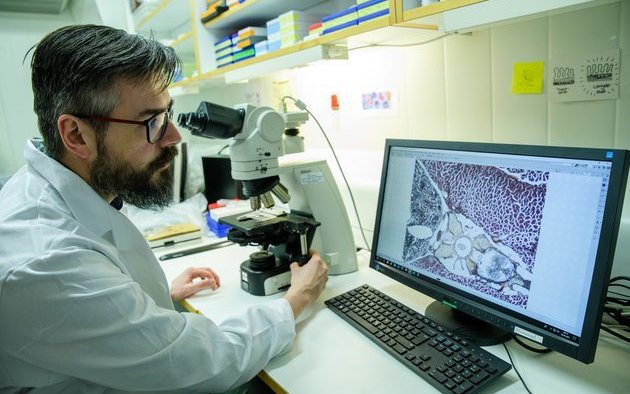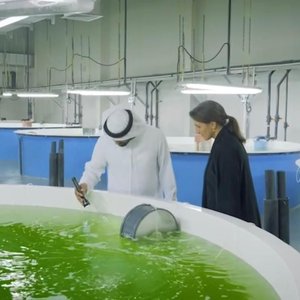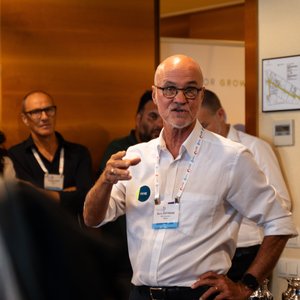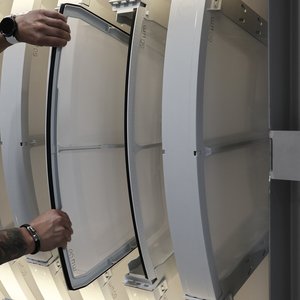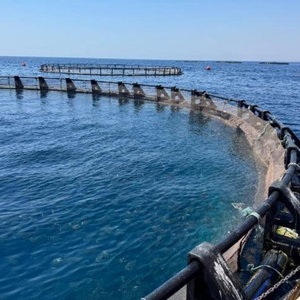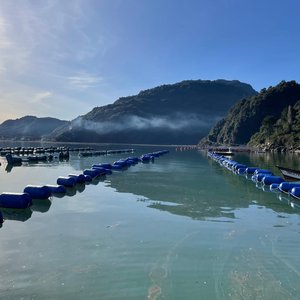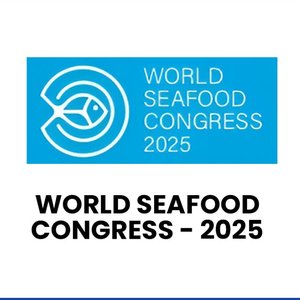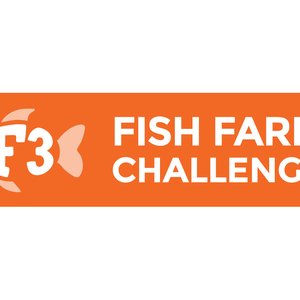Nofima, together with the Arctic University of Norway and the University of Melbourne, is working on programming fish to become robust within the research project Programming Fish for Robustness (Progress).
Stress during early life stages can have a serious impact on the development, growth and behavior of various animal groups, including fish. However, there is currently little knowledge about the epigenetic regulation mechanisms involved – i.e., whether the impact of stress causes fish to develop their own robustness throughout the rest of their lives, and the level of stress that is justifiable from an animal welfare perspective.
In the Progress project, salmon were exposed to low oxygen levels during the embryonic/larval stage. Later, the same fish were investigated regarding their survival in the seawater phase, growth and disease resistance. According to researchers, the results did not meet expectations.
“We measured fish’s tolerance to low oxygen levels and investigated the development of its immune genes during smoltification. In addition, we investigated the immune response after exposing fish to pathogenic bacteria that are feared in the aquaculture industry. We only managed to see small differences between fish that were exposed to stress with little oxygen early in life and fish that had not had this type of impact. We don’t consider these negative results but rather results without the expected impact. More studies are needed before we can say anything for sure,” said Erik Burgerhout, Nofima scientist.
“Although we found little difference between the groups regarding the hypoxia challenge test, the results suggest that chronic hypoxia during the early phase of life stimulated immune genes and dampened their downregulation in connection with smoltification. However, these changes did not improve protection against a bacterial pathogen,” Burgerhout said.
Researchers also tested the impact using different temperatures in the project Aquagenom and found greater differences.
Temperature, oxygen level and access to food are among the parameters that affect the development of farmed fish. As they grow, fish have less energy available to use for other processes. What does that mean? “The main point is that fish cannot grow all the time. Fighting disease and smoltification, for example, come in addition to this. If you stretch the elastic band too far in one direction, it will break. You have to weigh up everything you do in fish farming,” Burgerhout said.
“As scientists, we are in constant need of better understanding what is happening inside the fish, and an understanding of which methods can improve welfare and profitability. When we know which genes are activated to cope with low levels of oxygen, for example, we might be able to do something to make fish more robust in later stages of life,” said Burgerhout. “The focus is often on rapid production – selection for rapid growth, high temperature, large smolt – but the main point is that a fish cannot – and most likely should not – spend ‘all’ of its energy on growth, especially during the early phases of life.”


